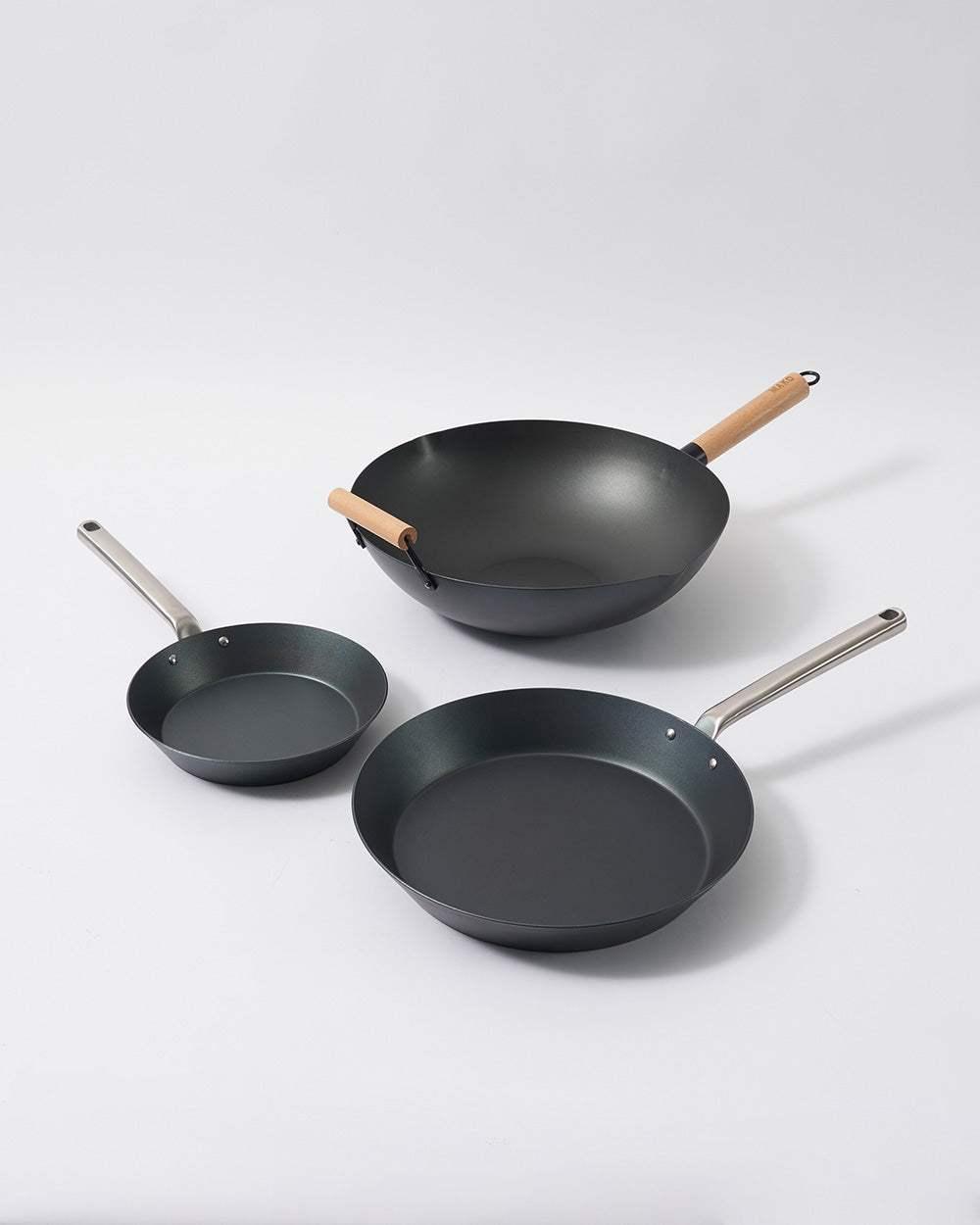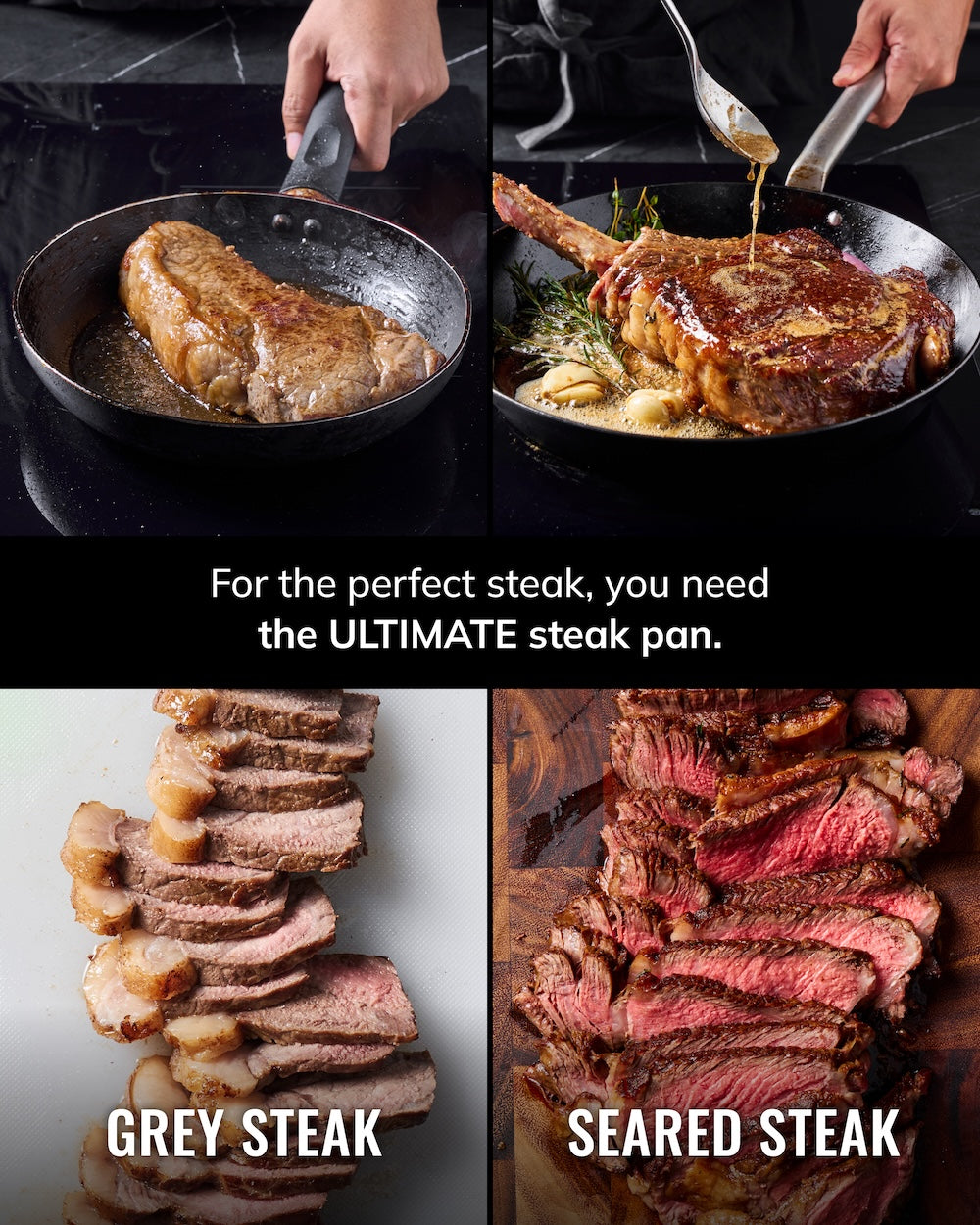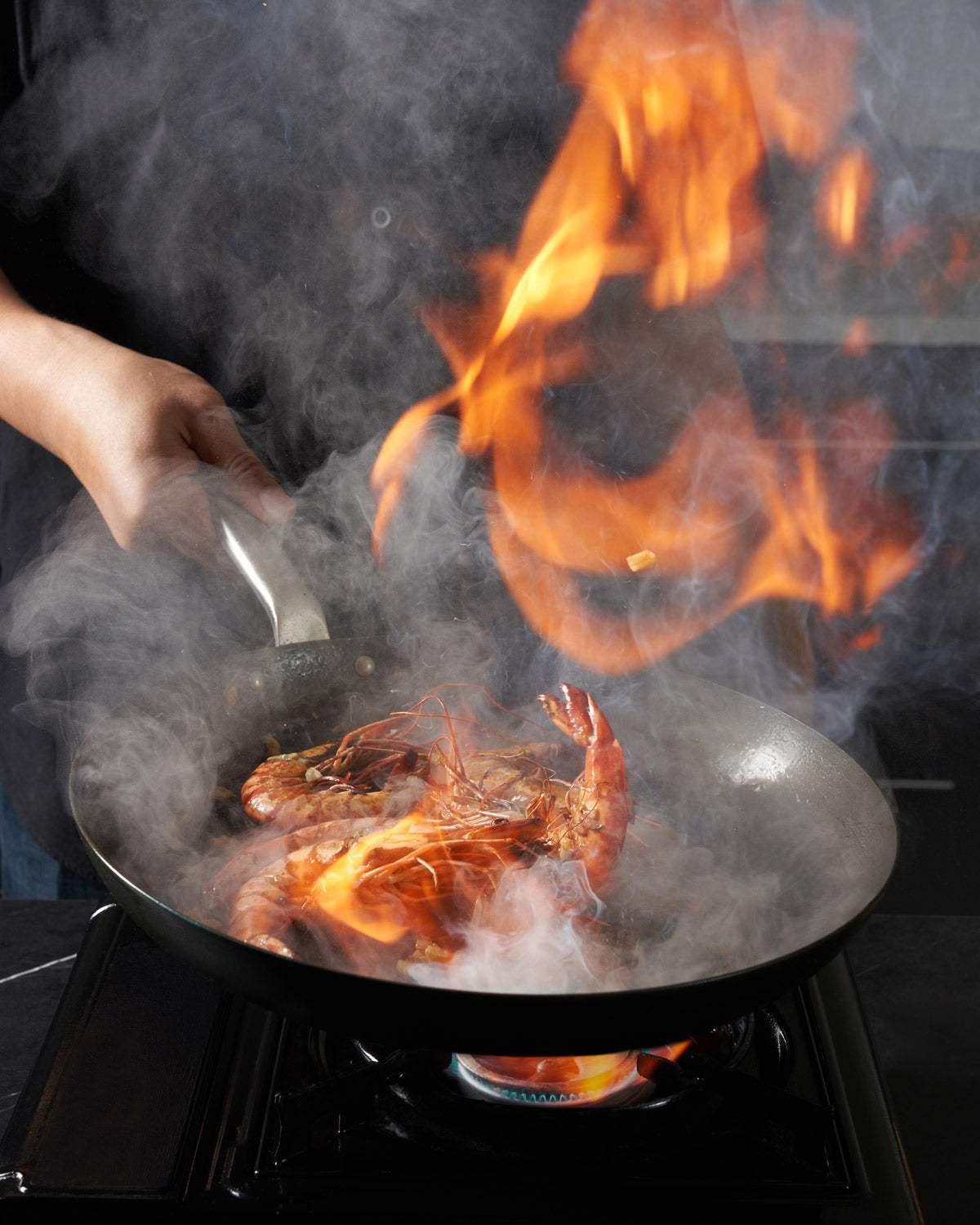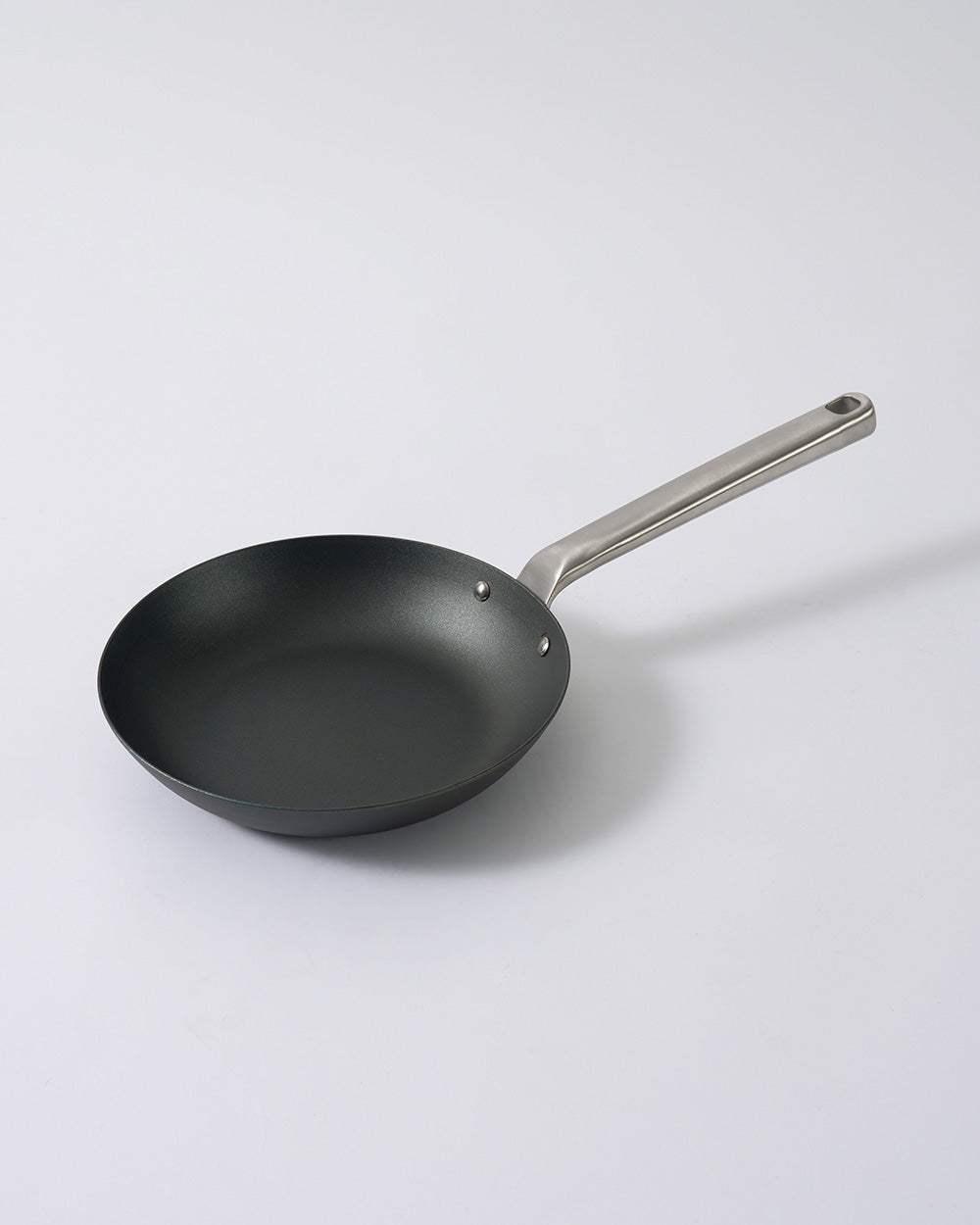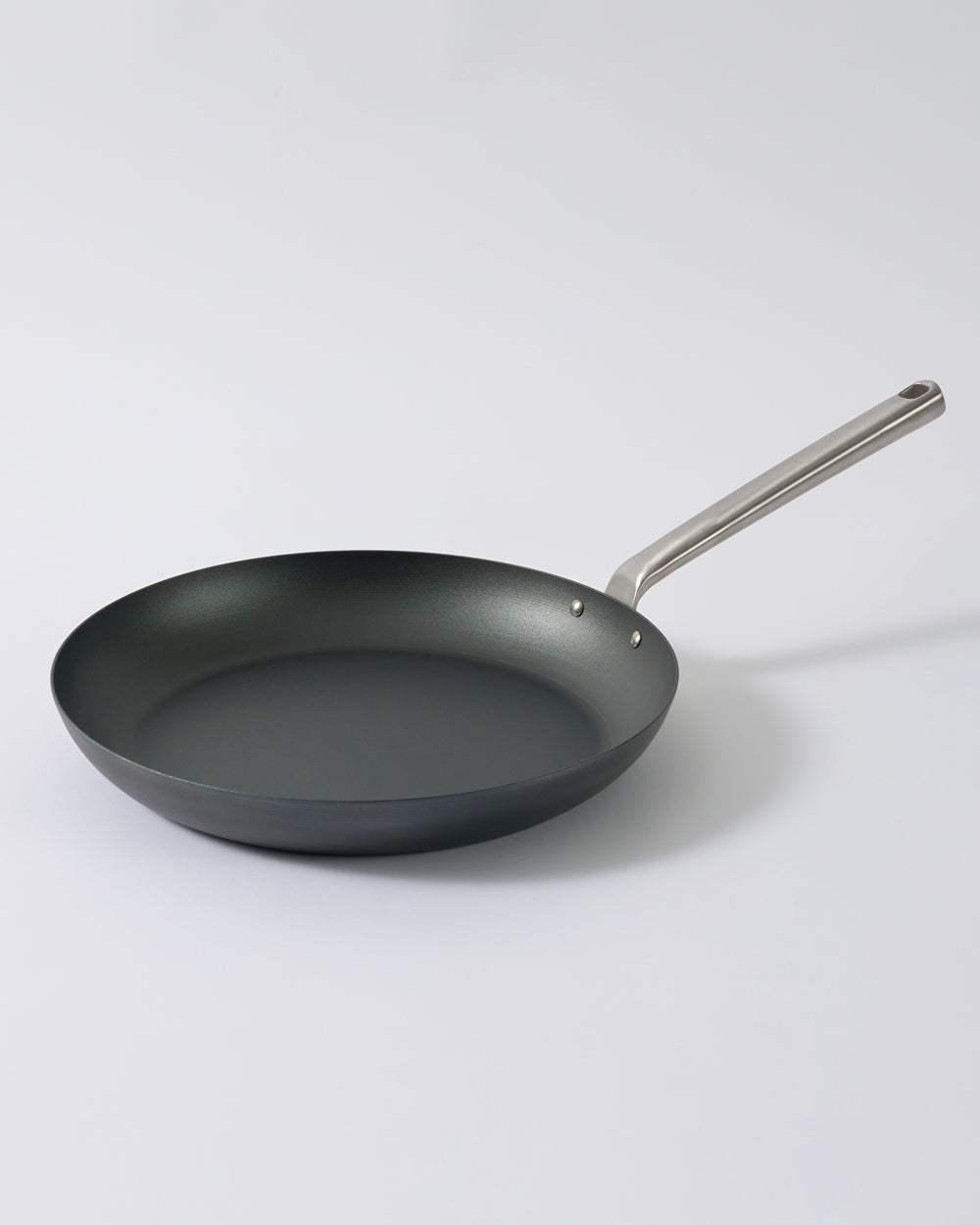
BF SALE ENDING SOON
LAST CHANCE TO LOCK IN BLACK FRIDAY PRICES

Cooking oil smoke points: why do they matter?
your guide to cooking oils
What is the 'smoke point’ of a cooking oil? And why should you even care?
First off, some science. The smoke point of an oil is when its compounds start breaking down and it begins to burn and emit smoke. When this happens, free radicals and toxic nasties get released. Not great. As for the gazillion different oil options out there? They each differ in taste, performance and smoke point, making some better for high-temperature cooking than others. Bottom line: one cooking oil doesn’t fit all. Luckily for you, we know what’s what in Oil Land. Here’s our guide.
AVOCADO OIL
A good source of fatty acids and vitamin E, refined avocado oil has a mild, buttery, fairly neutral flavour and a high smoke point (271˚C/520˚F). An excellent all-rounder for cooking meats, fish, eggs and veggies, it’s also suitable for mayo, dressings, marinades and baking. The best avo oils are unrefined, cold-pressed and chemical-free, although they can be a touch on the expensive side.
Canola oil, aka rapeseed oil
Canola oil is made from the seeds of the canola plant – it has the lowest saturated fat content of the common cooking oils. Its high smoke point (236°C/457°F) and light flavour make it ideal for deep-frying, stir-frying, sautéing, barbecuing and salad dressings.
Vegetable oil
Odourless, flavourless and pale-coloured, vegetable oil is where manufacturers use any plant-derived oil (palm, soybean, corn, cottonseed, canola or a blend), meaning you don’t entirely know what you’re cooking with. It’s always neutral in flavour though and, with a high smoke point (232°C/450°F), it’s good for all high-heat-cooking situations.
Peanut oil
This oil has a somewhat nutty flavour and a high smoke point (230˚C/446˚F) – it’s the classic oil for deep-frying and other high-heat cooking, especially in Asian kitchens. The peanut oil you buy is mostly refined, but you can also find roasted peanut oil which has a stronger flavour and is better used as a finishing oil.
Grapeseed oil
A by-product of winemaking, this oil literally comes from grape seeds. Chefs love it as it has a pretty neutral flavour, letting other ingredients shine. Plus it has a decently high smoke point (230˚C/446°˚F).
Sunflower oil
Made from sunflower seeds, this fairly neutral-flavoured oil has a high smoke point (227°C/440°F), making it a solid choice for roasting, stir-frying and deep-frying. Like many oils, it comes in unrefined and refined forms but you’re most likely to encounter the latter.
Olive oil and extra virgin olive oil (EVOO)
Regular olive oil is extracted from olives using heat and is refined, whereas EVOO is cold-pressed mechanically and left unrefined. This gives it a stronger, richer flavour and colour, which varies according to olive type, where it’s grown and seasonal variables. It’s also healthier. But with a smoke point of 210°C (410°F), it’s not suited to high-temperature cooking – save it for dipping, dressing and drizzling. Regular olive oil has a higher smoke point (about 221˚C/430˚F) and can be used for frying, roasting, grilling and more general, everyday purposes.
Sesame oil
There are two types of this Asian pantry staple: toasted and non-toasted. Non-toasted sesame oil is light, mild-flavoured and versatile, thanks to its relatively high smoke point (210°C /410°F), while the toasted type is dark, strong-flavoured and, with a low smoke point (177°C/350°F), easily burns. That’s why it’s mainly used as a finishing oil for boosting flavour, or in dressings.
Coconut oil
Coconut oil is solid up to around 25°C (77°F) – above that, it melts and becomes clear. This makes it no good for vinaigrettes or other heat-free situations. Unrefined coconut oil has quite a low smoke point (180˚C/350˚F), a pronounced coconut flavour and keeps better than refined. As well as in baking, use it in lower temperature sautés and shallow fries. The refined stuff has a higher smoke point (196°C/385°F), a more neutral taste, and can be used for cooking most dish types, except deep-fries and high-heat sautés.
Flaxseed oil
This oil is mainly used for its high omega-3 fatty acid content and other health benefits. As it has an incredibly low smoke point (107°C/225°F), it’s best suited to salad dressings, adding to dips, used in no-cook sauces, or drizzled over soups and stews before serving. While most oils are fine stored in a cool, dark place, flaxseed needs to be refrigerated as it spoils quickly.
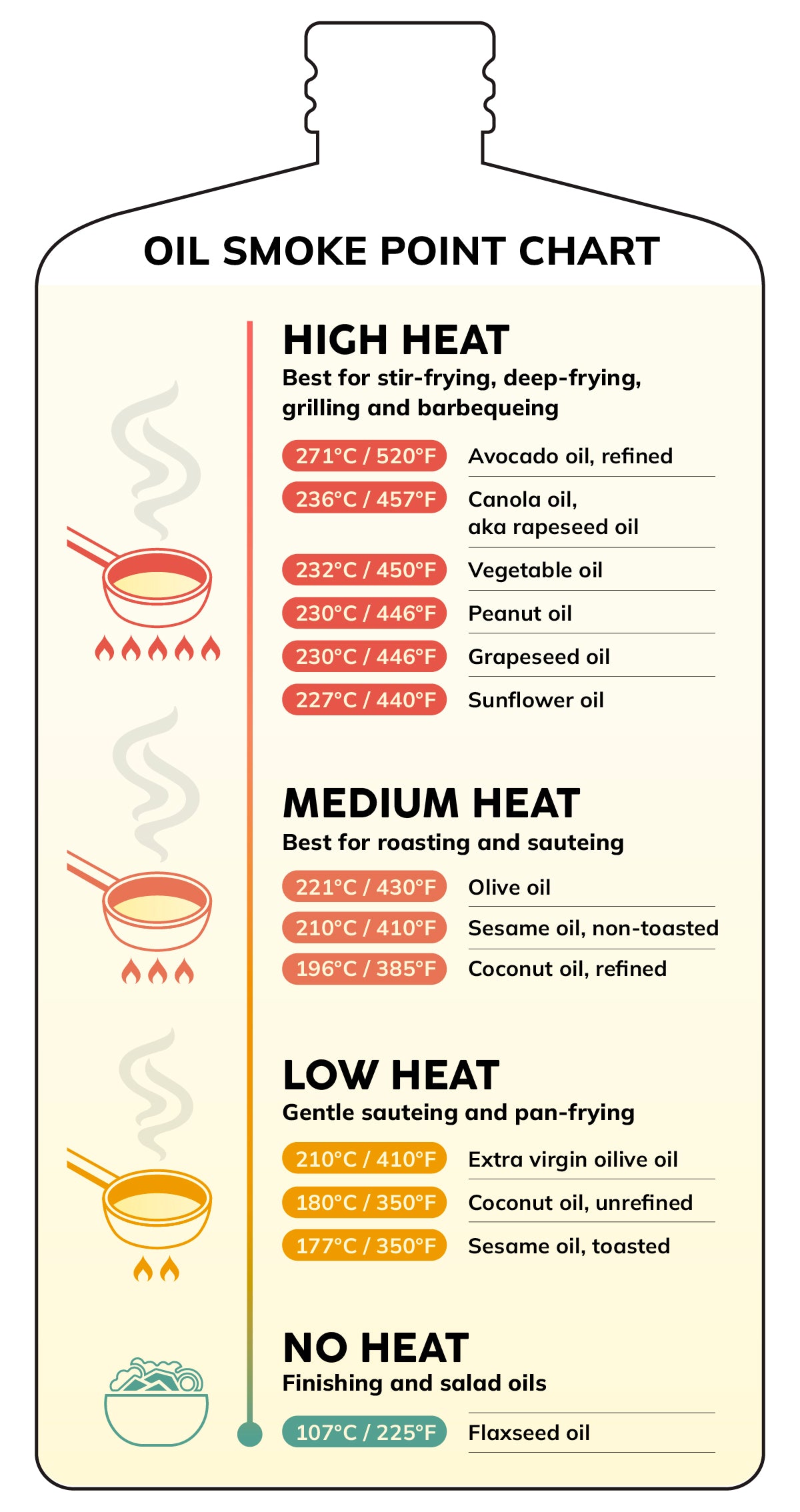


Hot Wok Offer 🔥
MORE READING

Pistachio Crusted Lamb
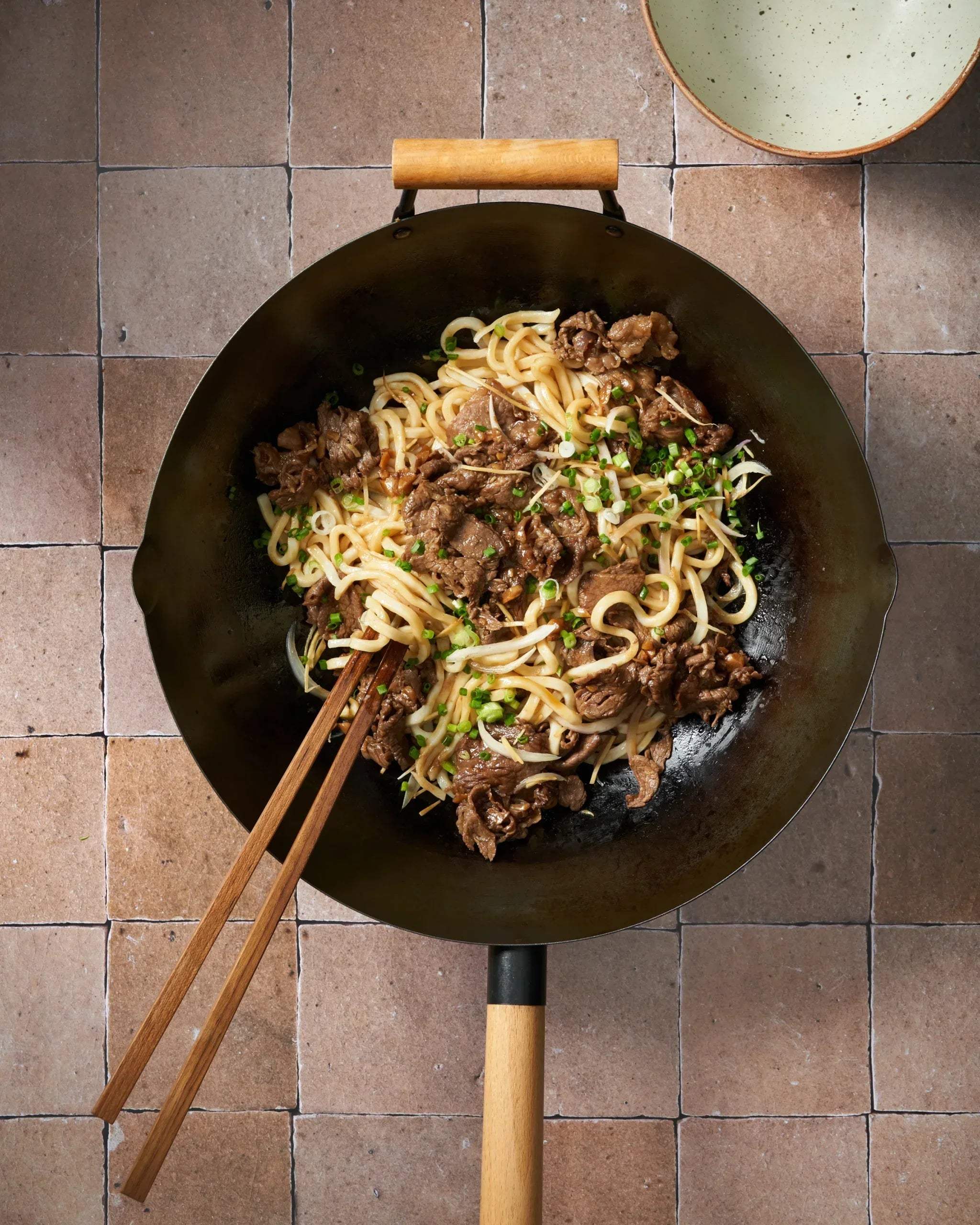
Mongolian Beef Udon Noodles



